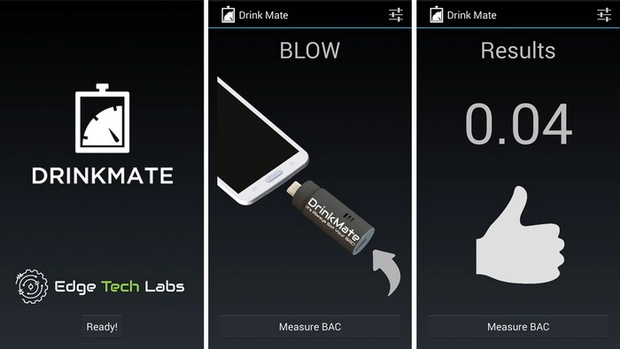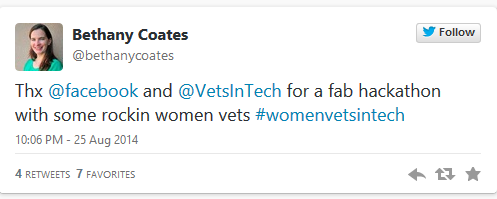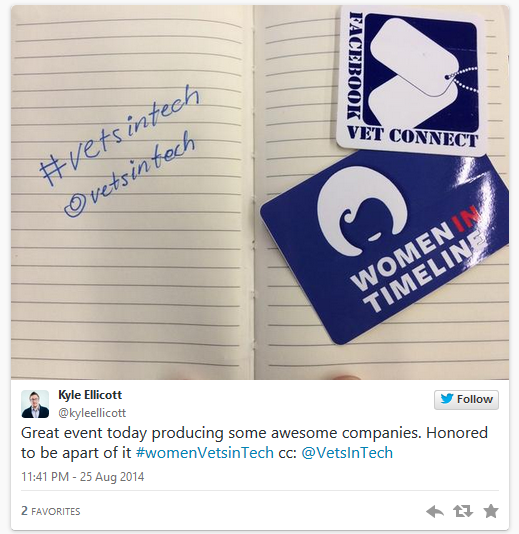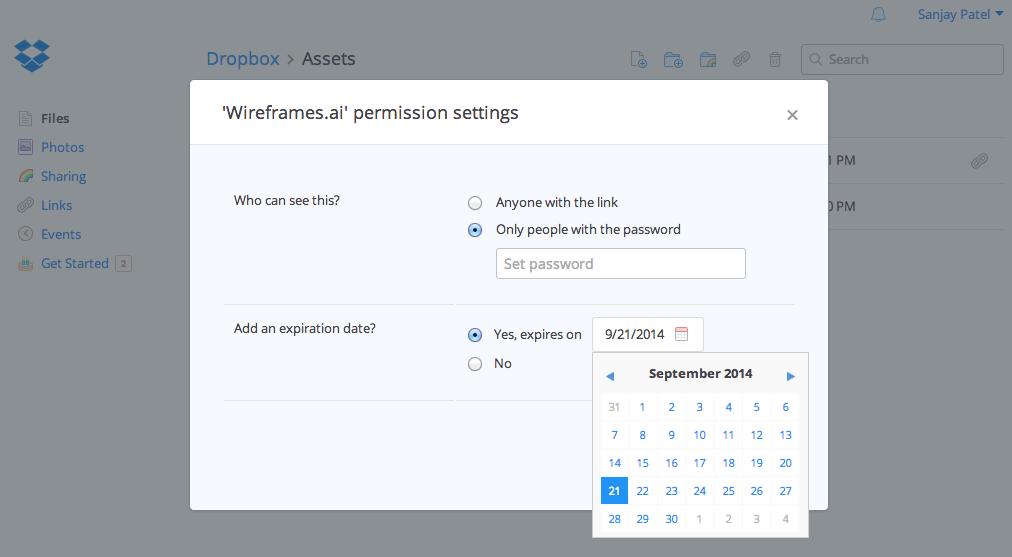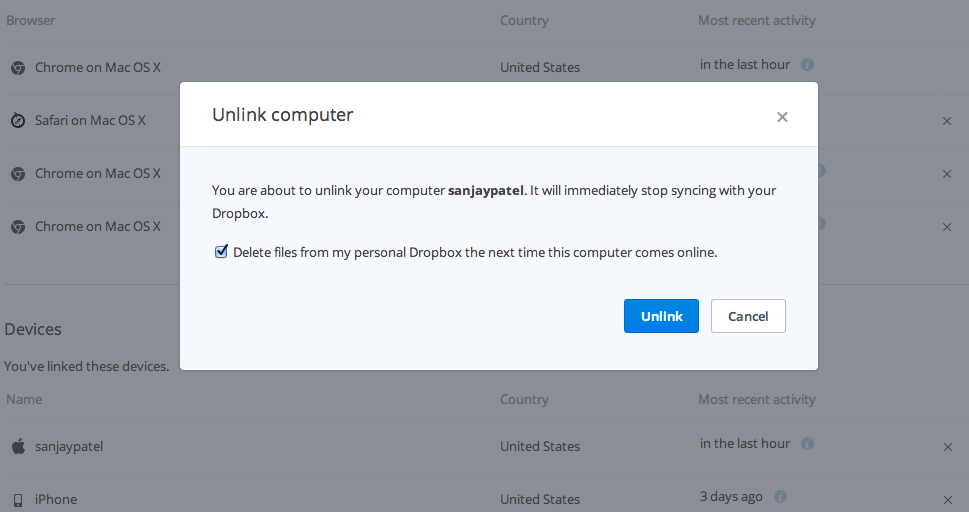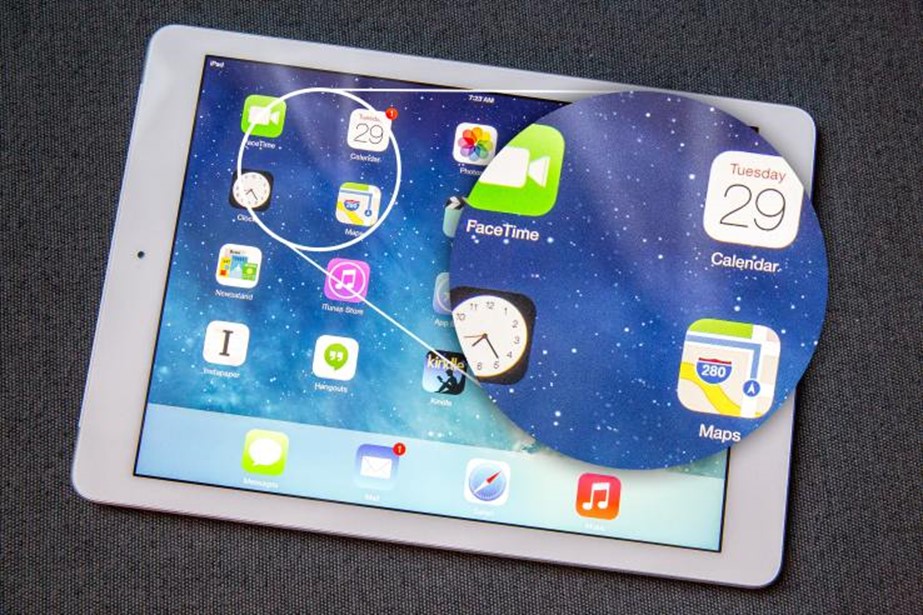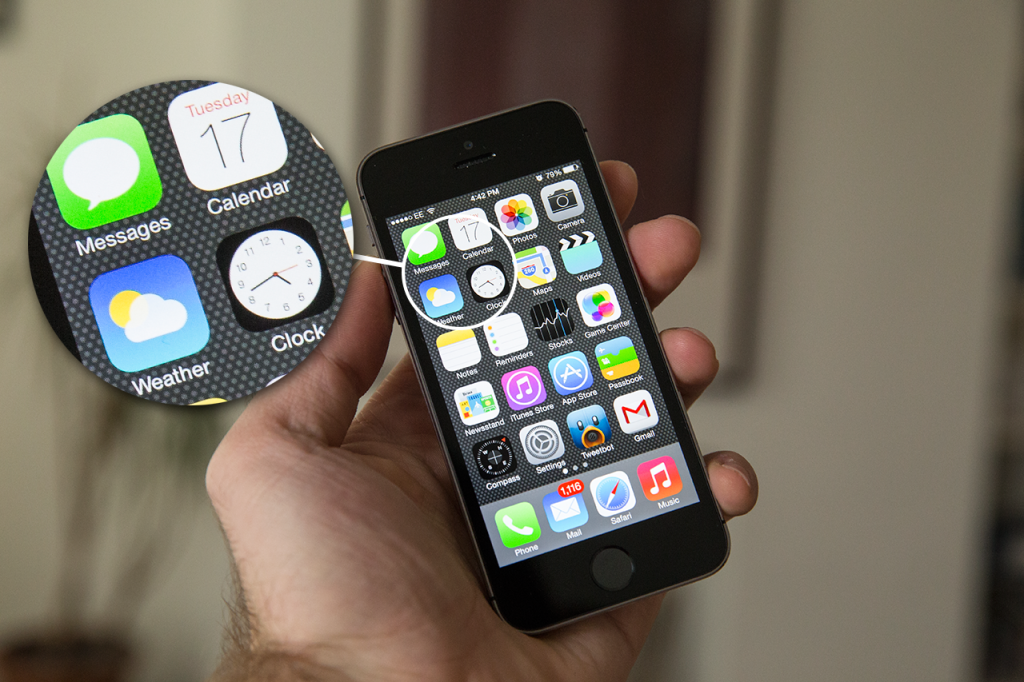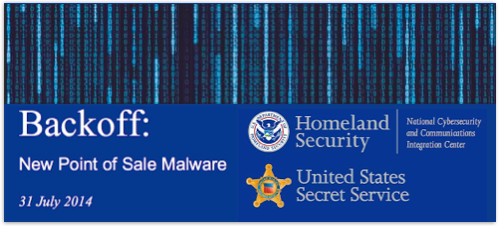You use your smartphone obsessively anyway — might as well make some money while you’re at it.
When you take your phone to the bathroom (don’t lie, everybody does it), or when you’re standing in line fiddling with it at Starbucks, what are you doing? Are you checking email? Sending a SnapChat? Playing Words With Friends? Or are you using it to make money?
That’s right–you’re wasting precious time playing Candy Crush when you could be earning cold, hard cash! (For the purpose of this rhetorical question, using your phone for work email doesn’t count as making money.) Here are four free, awesome, easy-to-use apps that will pay you in cash–sometimes gift cards–just for using your phone in everyday situations. So what are you waiting for? The only thing stopping you from making money is the fact that you haven’t downloaded these apps yet.
Swagbucks
Swagbucks is a popular online rebate site that asks its users to do a variety of tasks, like shopping online, taking surveys, voting in polls, watching videos, and searching the Web–to earn virtual currency, which can then be traded in for real currency. One “Swagbuck” equals approximately one cent, so you have to be a pretty dedicated user (Swagger?) to get money.
That’s where Swagbucks’ app (free; Android and iOS) comes in. The app lets you perform many smaller tasks, including voting in the daily poll (one Swagbuck per day), completing trial offers, and searching the web through Swagbucks’ search engine. You can also watch videos (every ten videos watched earns you a couple of Swagbucks), but you’ll need to download Swagbucks’ separate, also free, Swagbucks TV app to do so.
With the Swagbucks app, you can track your Swagbucks balance and redeem your winnings for gift card rewards. I prefer the $5 Amazon gift card reward, because you get more money for your (Swag)buck: It costs just 450 Swagbucks, instead of the usual 500. The app also lets you enter in Swagcodes, which are time-sensitive secret codes that the company posts to its social networks throughout the day. The app, like the Swagbucks browser add-on, also alerts you to when new Swagcodes have been posted–and Swagcodes are typically only valid for a few hours, so this is actually a very useful feature.
The Swagbucks app isn’t how you’ll earn the bulk of your Swagbucks: You’ll do that online, mainly by taking surveys and shopping through Swagbucks’ “shop and earn” program. However, the app is a great way to supplement your balance, since most of the in-app tasks take just a few seconds to perform.
Shopkick
I’m going to go out on a limb and make a crazy assumption: When you’re visiting a brick-and-mortar store, you almost always have your smartphone with you, right? Well, what if you could earn money (or rather, “kicks,” which are points you can redeem for gift cards) just by having your phone with you when you walk into a store?
Shopkick (free; Android and iOS) rewards you for shopping–and the great news is that you don’t even have to buy anything. There are three ways to earn kicks on Shopkick: By walking into stores, by scanning product barcodes with your phone, and by making actual purchases. Walking into a store will net you around 100 kicks, and scanning items will get you anywhere from 20 to 50 kicks.
Stores include popular mall staples like Macy’s, The Sports Authority, Target, and Best Buy, and products to scan include anything from bags of Ruffles potato chips to Clorox wipes. Scans are not store-specific, and scannable items are mostly brand-name home supplies, so you could possibly just go around your house scanning things if you really wanted to. (I certainly did).
When you have enough kicks, you can exchange them in Shopkick’s rewards store for gift cards. A $5 Macy’s gift card costs around 1250 kicks, so one kick is a little under half a cent.
Ibotta
There are plenty of online rebate sites (such as Ebates and FatWallet), which reward you for shopping online. The way these sites work is by “referring” you to various outlets: You click on a link from their site to an online store you like, and the store rewards them with a kickback (a percentage of your purchase) in exchange for the referral. The rebate site then gives you a smaller kickback when you buy something, so you keep going through them to do your online shopping. The store gets free advertising, the rebate site gets money, and you get money–it’s a win-win-win situation.
Ibotta (free; Android and iOS) translates this win-win-win situation into the mobile/physical store realm…sort of. Here’s how it works: Ibotta offers rebates for things you purchase in a physical store. To get these rebates, you first have to unlock them using various methods, such as taking a poll, watching an informative video, or posting a Facebook status update about the product. (This is how the product-maker gets “free” advertising.) After you’ve unlocked a rebate, you can go purchase the product. Then, just take a picture of your receipt with Ibotta’s app, and your account will later be credited.
Seriously, it’s that easy. Ibotta’s offers are mostly store-specific, so you have to find the right product in the right store. Luckily, most of the products (and stores) are normal things you’d actually purchase without an incentive: Granola bars, cereal, milk, cleaning supplies, toiletries, clothing, and alcohol, to name a few. Some stores don’t even have product-specific offers–GNC, for example, will give you $5 if you upload a receipt that shows you spent $25 or more at their store.
Ibotta also offers bonuses, including “teamwork” bonuses. If you connect the app to Facebook, Ibotta will find all of your Facebook friends (who are using Ibotta and who have connected the app to Facebook) and place them on your team. When your team completes a challenge (such as uploading at least $10 worth of rebate receipts in a week), everyone on the team gets a bonus.
Ibotta pays you in cash, and most of the rebates are between $0.25 and $2. You can get paid via PayPal or Venmo (where you’ll get a $3 bonus), and there’s a $5 minimum to cash out.
Receipt Hog
Ibotta offers some of the heftiest rewards, but it’s also a lot of work: You have to unlock rebates, buy products, and then upload your receipts. But what if you could just skip the first two steps (which are the most work, anyway), and just upload photos of receipts? And get money for it?
Receipt Hog (free, Android and iOS) lets you do just that. It asks you to submit receipts from grocery stores or grocery-like stores (convenience stores, drug stores, dollar stores, pet stores, liquor stores, and supercenters) for market research purposes. (The company insists your data will remain anonymous.) Each receipt you submit will earn you coins, which you can then trade in for cash or Amazon gift cards.
The number of coins you earn depends on how much you spent: Receipts under $10 earn 5 coins, $10 to $50 earns 10 coins, $50 to $100 earns 15 coins, and more than $100 earn 20 coins. You are limited to three receipts per store per day, however, so no breaking down your $200 grocery purchase into 20 $10 purchases. Receipt Hog also adds a gamification element into the mix–as you feed your hog receipts, he grows bigger and earns bonus spins in the Hog Slots, which are virtual slot machines that give out coins and real cash.
When you have enough coins, you can redeem them in the rewards store for cash (paid via PayPal) or Amazon gift cards. 1000 coins gets you a $5 cash or card, so one coin is worth about half a cent–but if you wait for a bigger payout, Receipt Hog will give you a better deal (4500 coins will get you $30). Receipt Hog is great for lazy people who go grocery shopping–so, in other words, everyone. You don’t have to shop at a particular store or buy a specific product–you just have to take pictures of your receipts.
Every cent counts
Truth time: You’re probably not going to get rich by redeeming Swagcodes and walking into stores with the Shopkick app open and taking photos of your receipts. But these apps aren’t meant to replace your day job. Instead, think of them as productive time-wasters: When you have a few minutes, or even just a few seconds to spare, you can open up one of these apps and tick off some boxes. Or if you happen to be walking through the mall and a Macy’s is staring you in the face, you can walk three steps and earn three kicks.
Earning money cent-by-cent isn’t going to make you a millionaire, but it can eventually offset some of your everyday costs. After all, I’m typing this article on a $100 keyboard I bought using Amazon gift cards I earned through Swagbucks.
Via: itworld
